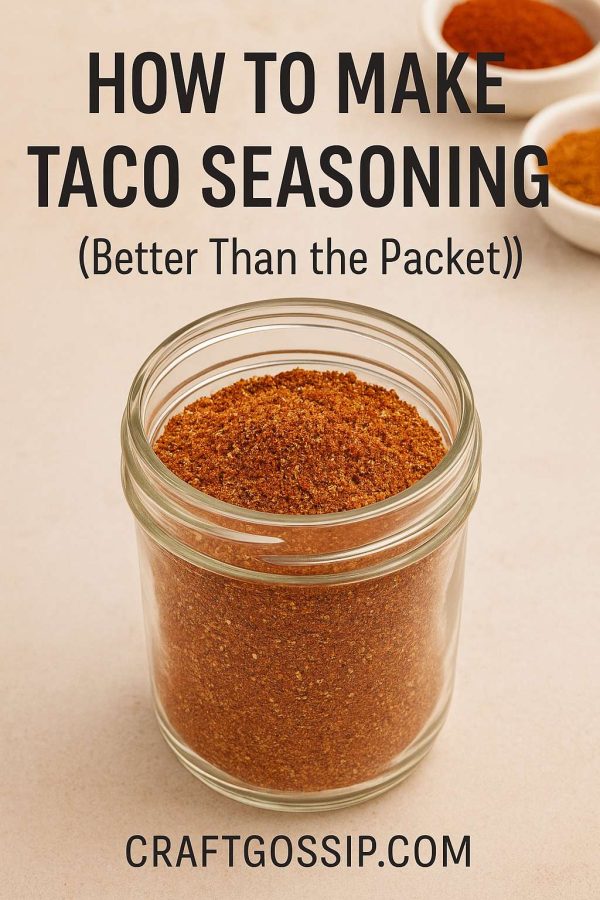My mother has sewn, crocheted, knitted, and done practically everything else her entire life. When I was young, she tried to get me interested in crafting, but it just wasn’t my thing. I remember when she tried to teach me to crochet, it wasn’t a pretty sight! It just wasn’t my time. Now, I love to craft, though I still can’t crochet! My daughter, on the other hand, loves to make things. Her very favorite thing to do is to draw and she is very talented if I do say so myself. I guess what I’m trying to say is introduce new things to your children. Show them that there are many creative outlets and help them find the one they enjoy the most. They may be like me, Lord help them, and not discover the joys of crafting till later in life, or they may be like my daughter and want to learn how to do something new all the time.
Why don’t you start off with this easy project. (This project is recommended for children ages 4 and up. Parental supervision is required because of the use of an iron.)
Here’s what you need:
- Wax Paper
- Crayons
- a pencil sharpener
- scissors
- ribbon
- a hold punch
- an iron
- 2 brown paper bags
Tear off a piece of wax paper about a foot long and place it on top of a brown paper bag. Let you child peel the papers off of the crayons and then “sharpen” them with the pencil sharpener over the wax paper. These are the shavings that will create their sun-catcher. Make sure the shavings don’t pile up too high because it makes it difficult to iron. When your child has a look he likes, place another piece of wax paper over the shavings. Now you should lightly press over the bag with your warm iron. Peek to see how well the shavings are melting to determine if you need to turn the heat up on your iron.
Once the paper has cooled to the touch, with safety scissors, let your child cut out shapes like hearts, stars, crosses, you get the idea. You may want to trace the shapes and allow your youngster to cut along the lines. The final step is to punch a hole at the top, thread the ribbon through, and hang your child’s work of art in a sunny window. His face will light up when he sees how proud you are of him. Don’t forget to make one for Grandma!
